Bing Jiang
WebCanvas: Benchmarking Web Agents in Online Environments
Jun 18, 2024Abstract:For web agents to be practically useful, they must adapt to the continuously evolving web environment characterized by frequent updates to user interfaces and content. However, most existing benchmarks only capture the static aspects of the web. To bridge this gap, we introduce WebCanvas, an innovative online evaluation framework for web agents that effectively addresses the dynamic nature of web interactions. WebCanvas contains three main components to facilitate realistic assessments: (1) A novel evaluation metric which reliably capture critical intermediate actions or states necessary for task completions while disregarding noise caused by insignificant events or changed web-elements. (2) A benchmark dataset called Mind2Web-Live, a refined version of original Mind2Web static dataset containing 542 tasks with 2439 intermediate evaluation states; (3) Lightweight and generalizable annotation tools and testing pipelines that enables the community to collect and maintain the high-quality, up-to-date dataset. Building on WebCanvas, we open-source an agent framework with extensible modules for reasoning, providing a foundation for the community to conduct online inference and evaluations. Our best-performing agent achieves a task success rate of 23.1% and a task completion rate of 48.8% on the Mind2Web-Live test set. Additionally, we analyze the performance discrepancies across various websites, domains, and experimental environments. We encourage the community to contribute further insights on online agent evaluation, thereby advancing this field of research.
DeFLOCNet: Deep Image Editing via Flexible Low-level Controls
Mar 23, 2021
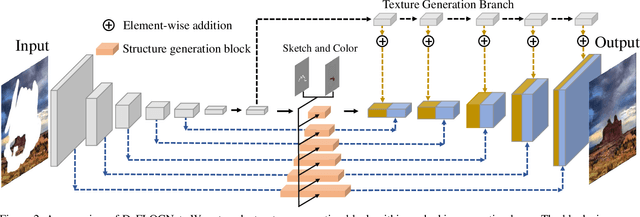
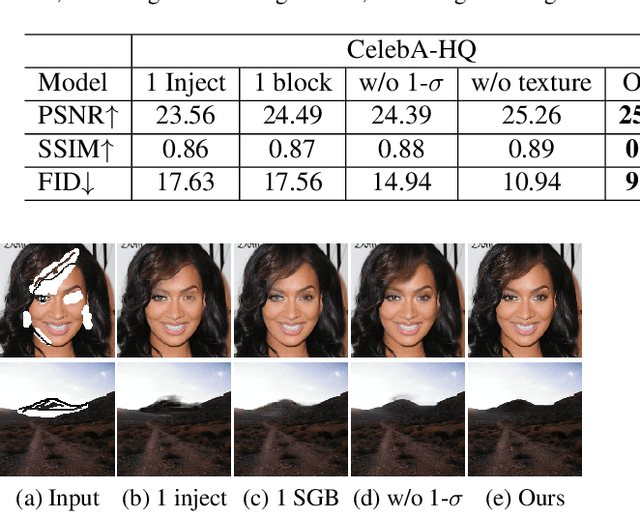
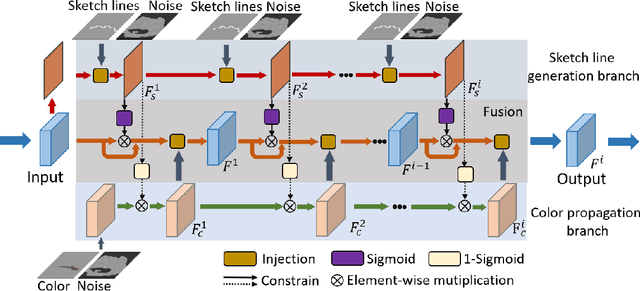
Abstract:User-intended visual content fills the hole regions of an input image in the image editing scenario. The coarse low-level inputs, which typically consist of sparse sketch lines and color dots, convey user intentions for content creation (\ie, free-form editing). While existing methods combine an input image and these low-level controls for CNN inputs, the corresponding feature representations are not sufficient to convey user intentions, leading to unfaithfully generated content. In this paper, we propose DeFLOCNet which relies on a deep encoder-decoder CNN to retain the guidance of these controls in the deep feature representations. In each skip-connection layer, we design a structure generation block. Instead of attaching low-level controls to an input image, we inject these controls directly into each structure generation block for sketch line refinement and color propagation in the CNN feature space. We then concatenate the modulated features with the original decoder features for structure generation. Meanwhile, DeFLOCNet involves another decoder branch for texture generation and detail enhancement. Both structures and textures are rendered in the decoder, leading to user-intended editing results. Experiments on benchmarks demonstrate that DeFLOCNet effectively transforms different user intentions to create visually pleasing content.
Deep Speaker: an End-to-End Neural Speaker Embedding System
May 05, 2017
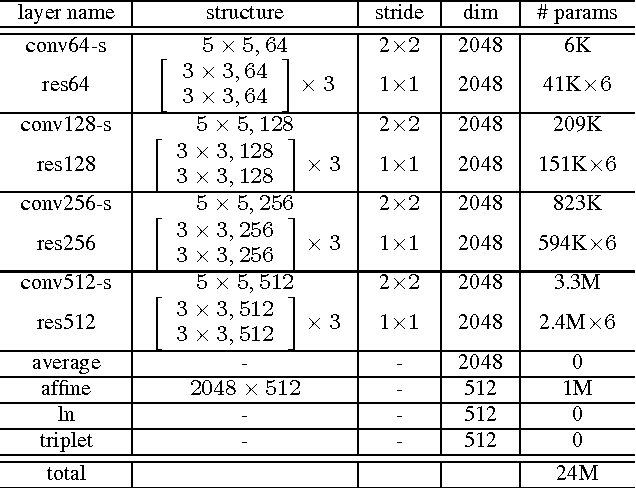
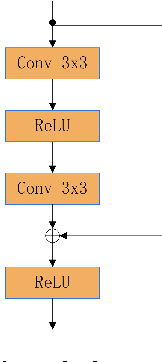
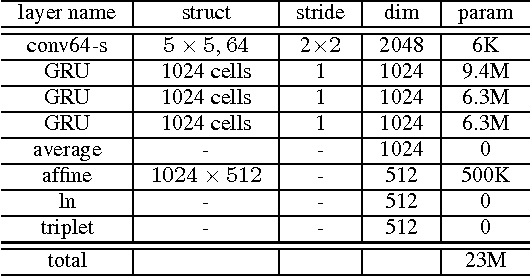
Abstract:We present Deep Speaker, a neural speaker embedding system that maps utterances to a hypersphere where speaker similarity is measured by cosine similarity. The embeddings generated by Deep Speaker can be used for many tasks, including speaker identification, verification, and clustering. We experiment with ResCNN and GRU architectures to extract the acoustic features, then mean pool to produce utterance-level speaker embeddings, and train using triplet loss based on cosine similarity. Experiments on three distinct datasets suggest that Deep Speaker outperforms a DNN-based i-vector baseline. For example, Deep Speaker reduces the verification equal error rate by 50% (relatively) and improves the identification accuracy by 60% (relatively) on a text-independent dataset. We also present results that suggest adapting from a model trained with Mandarin can improve accuracy for English speaker recognition.
 Add to Chrome
Add to Chrome Add to Firefox
Add to Firefox Add to Edge
Add to Edge